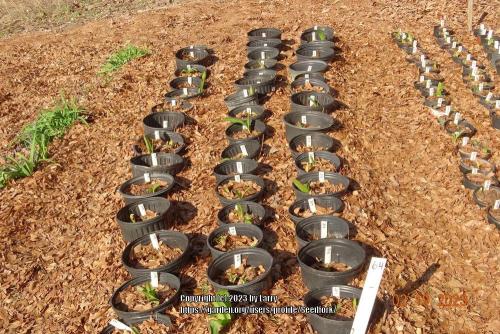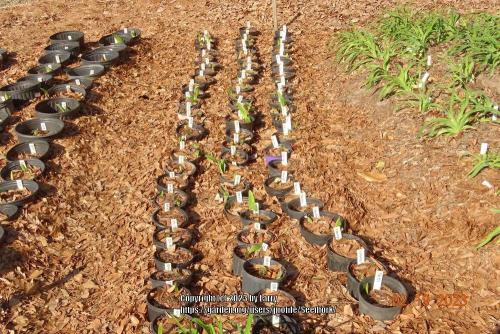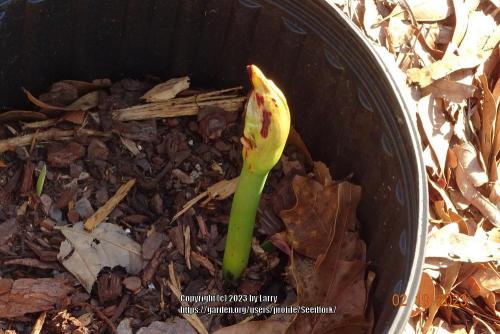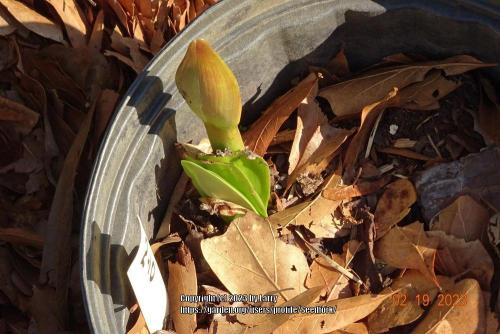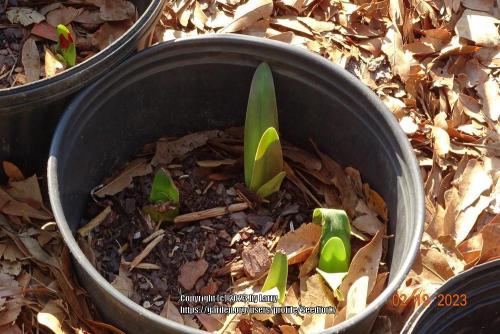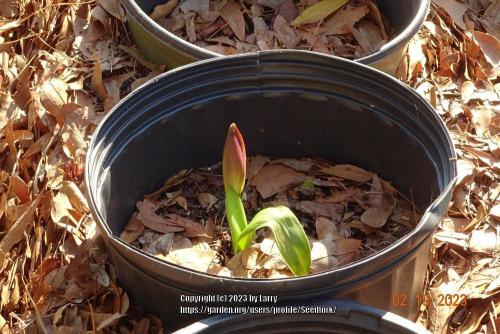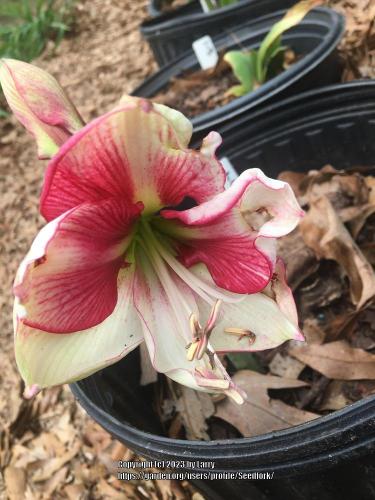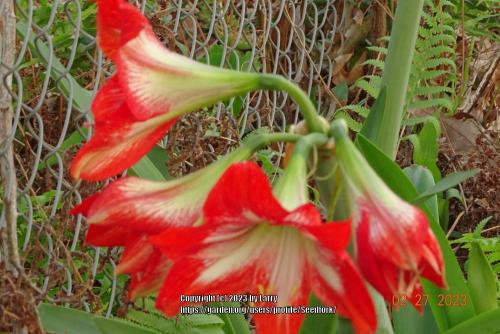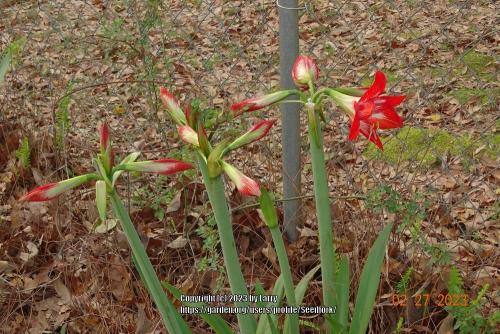Yes, a huge project! You need more help (see below.)
If it is red blotch, Stagonospora Curtisii, it's difficult to control. And as you know, any damage (mechanical or insect/disease) can show as red splotches on Hippeastrum.
It can infect related plants nearby, (daylilies?) carried by insects such as mites or wind and rain or irrigation, and find entrance into cell tissue via insect or mechanical damage.
Here is a link from a University of Florida article- look in the 'disease' section. Realize, though, that when they say treatment is to expensive, they are usually meaning "for your one infected bulb you bought at Christmas- treatment is expensive. Discard it."
You, however, are taking about many bulbs... this context is important.
https://edis.ifas.ufl.edu/publ...
Here is a link from the Pacific Bulb Society about it, discussing bulb dips and chemical treatment. This would be prior to planting again.
https://www.pacificbulbsociety...
YOU NEED MORE HELP!
I would run (not walk) ASAP to your local county agricultural extension office (connected to the land-grant university of your state) and propose a mutually beneficial partnership in this endeavor.
They could help you and your club & the garden by:
1) identifing conclusively if it is indeed red blotch
2) recommend treatment options,
3) recommend preventative options, once planted, for both the Hippeastrums and those items planted around them
3) if willing, help your club and the botanical garden with all the labor- planting and identification and labeling, using their network of Master Gardener volunteers ( who need service hours) - if they have this set up.
4) provide ongoing care of final bed- doing everything in point #3 above.
If they aren't interested in this community/non-profit project, at the least they might diagnosis the red blotch cases for certain, FOR FREE, and recommend a treatment. Extensions usually charge local farmers for this service, but it seems like a public university charging a local non-profit club and botanical garden for its help would get many people a bit upset.
Regardless, assume all of the bulbs may be infected, not just those showing signs.
I'm no expert in hippeastrums, but I congratulate you on your efforts so far, and you have made educated decisions that seem very appropriate to me. An actual bulb society like the Pacific Bulb Society might point you in a good direction, and might have some local members that might jump in with you on this project.
Good luck going forward- and I hope you get the help you need!
